![]() It does seem like it was only January and now we are looking at the end of May. To date this year we have continued with horse starts and home courses. Plus having had a few away courses as well. We have just finished a cow working course here over the weekend and also have a 2 day course in Emerald, Central Qld in June.
It does seem like it was only January and now we are looking at the end of May. To date this year we have continued with horse starts and home courses. Plus having had a few away courses as well. We have just finished a cow working course here over the weekend and also have a 2 day course in Emerald, Central Qld in June.
Unfortunately again this year we have had to cancel our overseas schedule due to Covid and travel restrictions. Our domestic schedule is slowly resuming and we trust that by the end the year we will see more certainty with domestic travel. We thank you all for your continued support and wish everyone good health.
The horsemanship article below, is relevant to us all in some way. Happy Reading
Riding Your Horse Outside.
This is a question that comes up every now and then, whether it be with a young started horse or a new horse that you have acquired. Preparation is the first place to start for both the horse and the rider, Ray Hunt spoke of being prepared for the unthinkable.
How well prepared are both horse and rider with your ground work and ridden work in the arena. Buck Brannaman speaks of having your horse stay in your rectangle and if your horse is spooking and shying you might say that your horse does not stay in your rectangle or that you have a vey big rectangle.
For many riders riding outside for the first time or so they do not keep their horses busy enough, they are not keeping track of where their horse is at mentally. If you ever rode in one of Ray’s horsemanship courses he would have you walk your horse as slow as you could and then walk your horse out as fast as you could, walk serpentines , walk a small circle with all 4 feet reaching equal, stop and back up while counting the strides. See if you could move the hindquarters a quarter of a turn on the left rein and then bring the forequarters through.
When you are going through these exercises, feel the horse, are they still bracing against your leg, are they relaxed and letting down are they soft and responsive to your leg and rein. There are many things going on. When you ride outside you take these things with you, it seems odd that you would ride your horse differently in an arena than you would outside.
As a teenager , ( yes I was also one once ), I was starting one of my own horses and I could not get my horse to move out in the round pen at the time. I asked my grandfather to open the gate into a bigger yard and again the outcome was similar. This time I asked my grandfather to open the gate outside, well at this point we did get going very quickly and covered a lot of country very quickly as well. When I did get back to the yards I asked my grandfather to close the gate. We don’t know what we don’t know. Now when I ride outside I am a lot better prepared and have more experience and better judgment.
You can go with a more experienced rider and horse to give you and your new or young horse confidence, when you are outside for the first time or so you may just want to stay at the walk. With many of the young horses that I ride, mostly it is at the walk and trot. With time, the mind settles more and the horse gets more balanced with the weight of the saddle and rider.

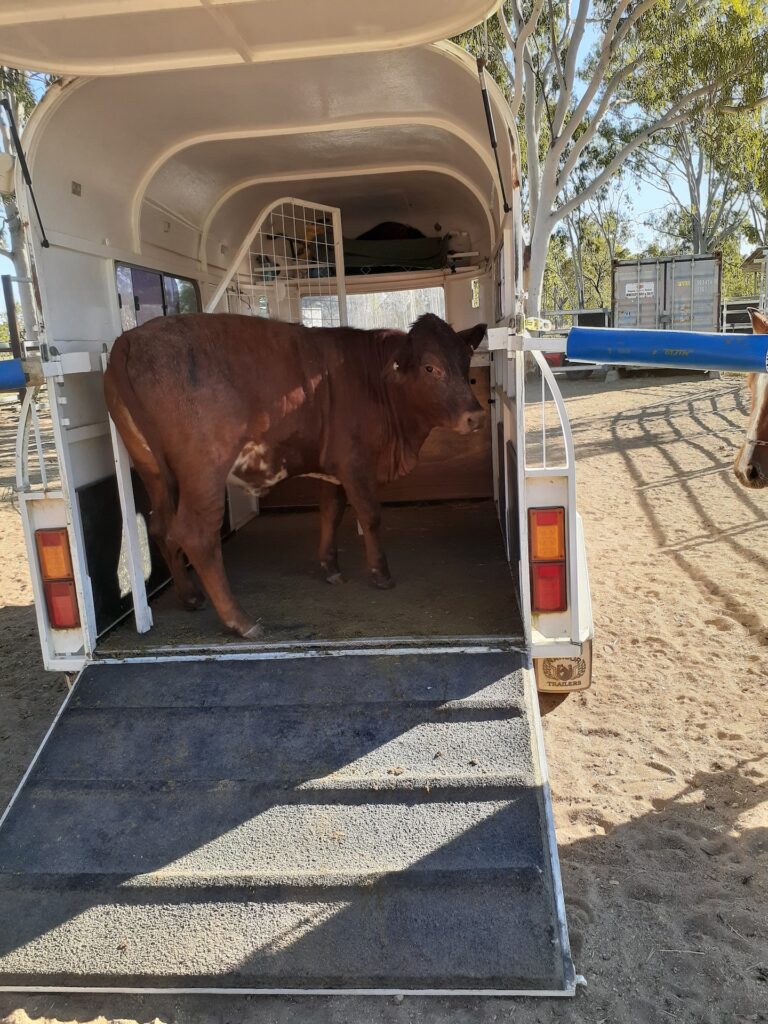
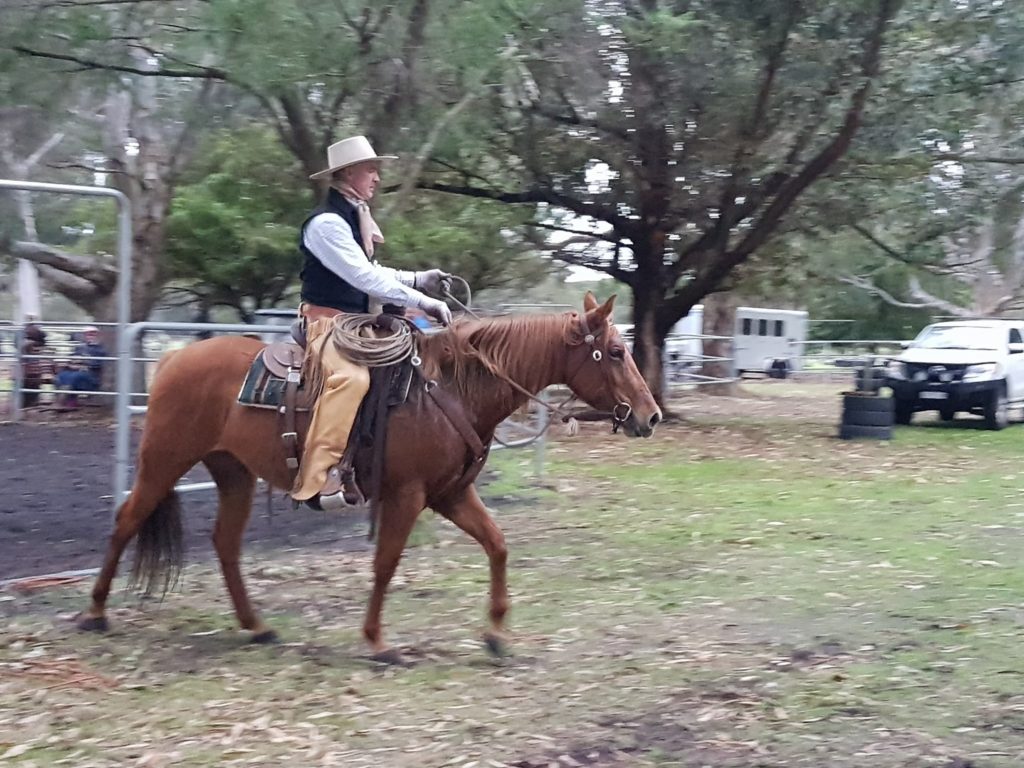
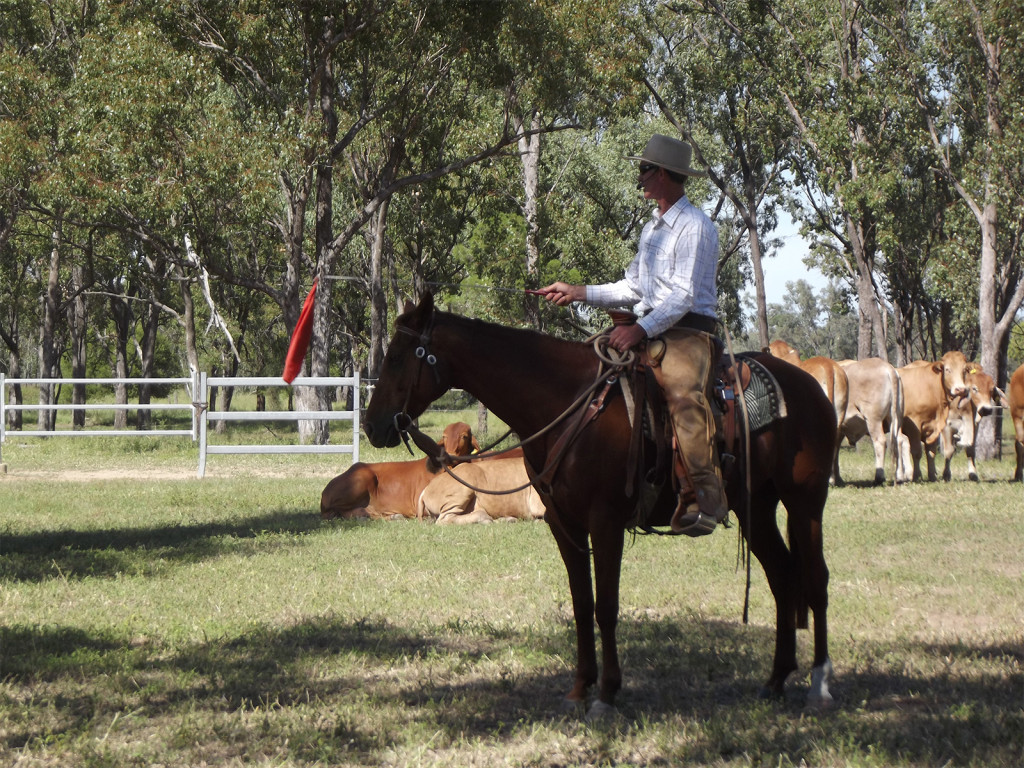

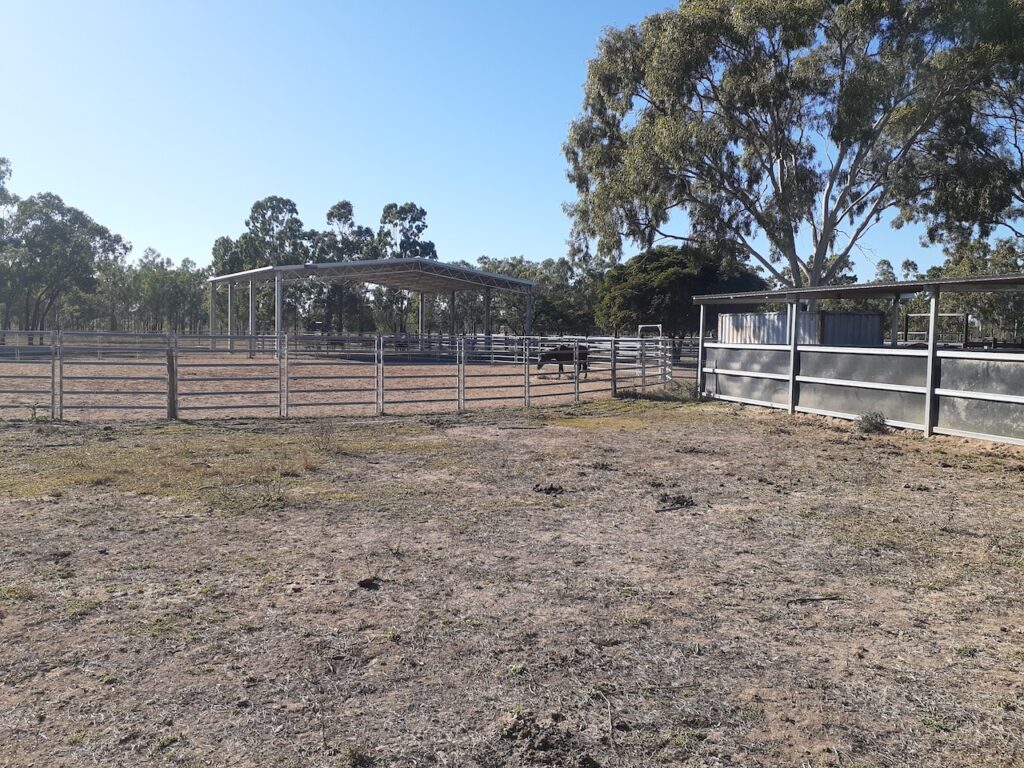
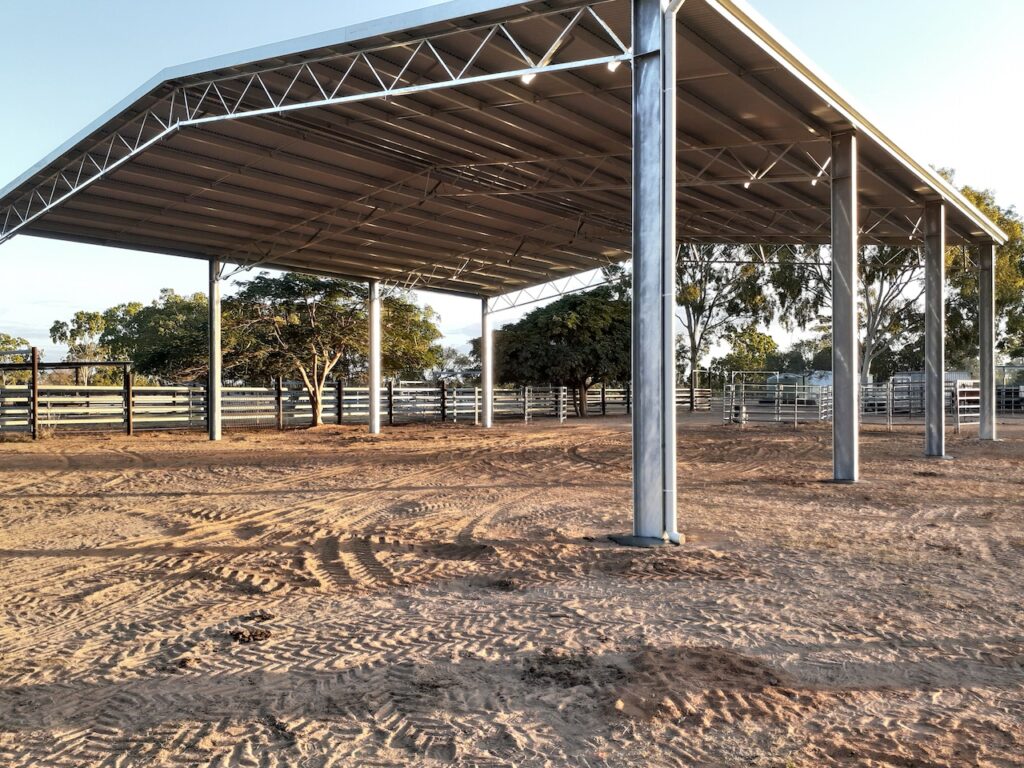

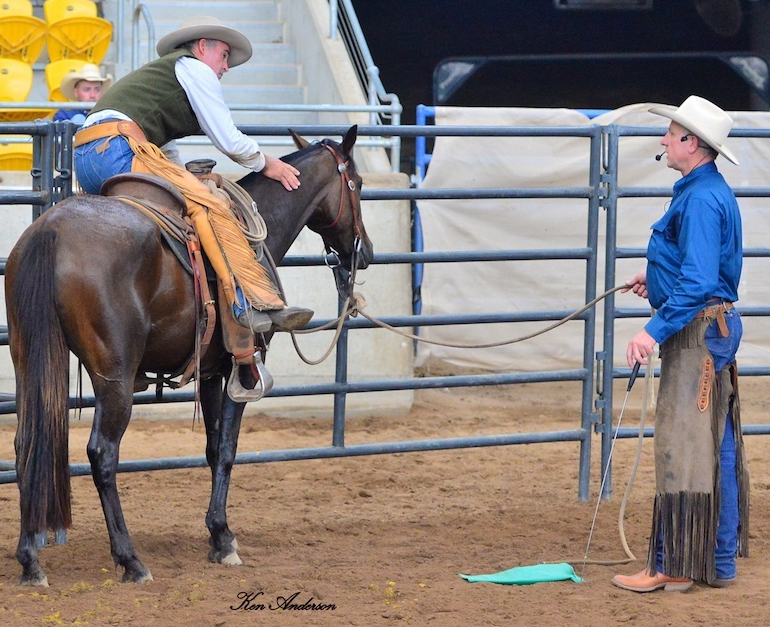
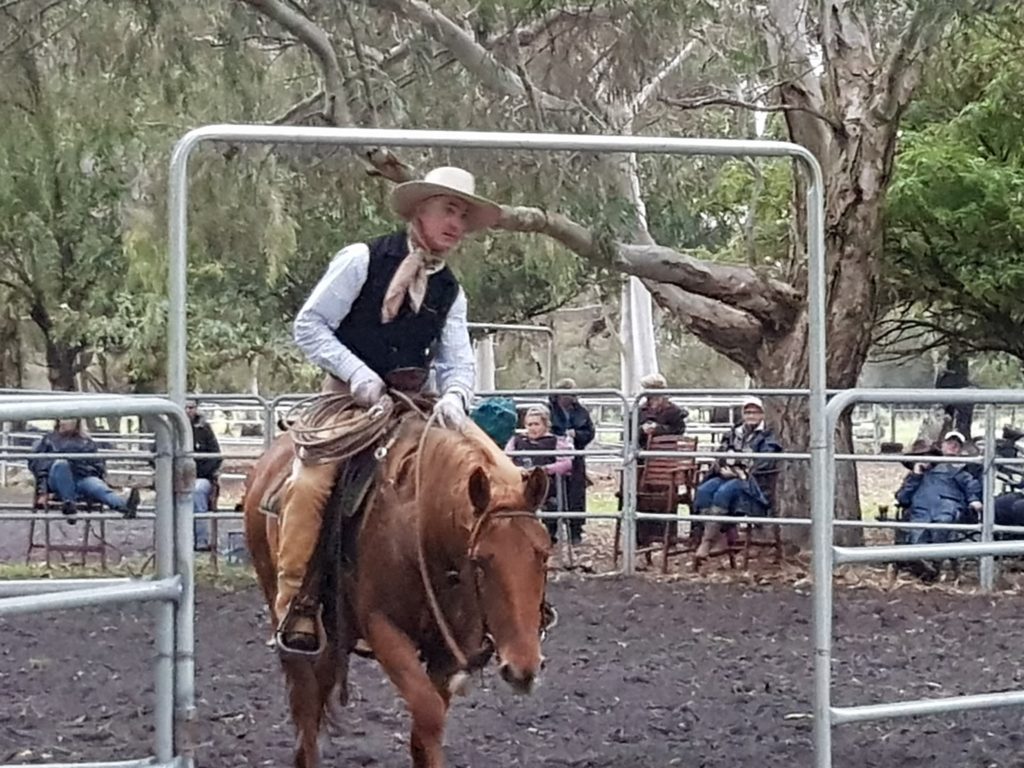
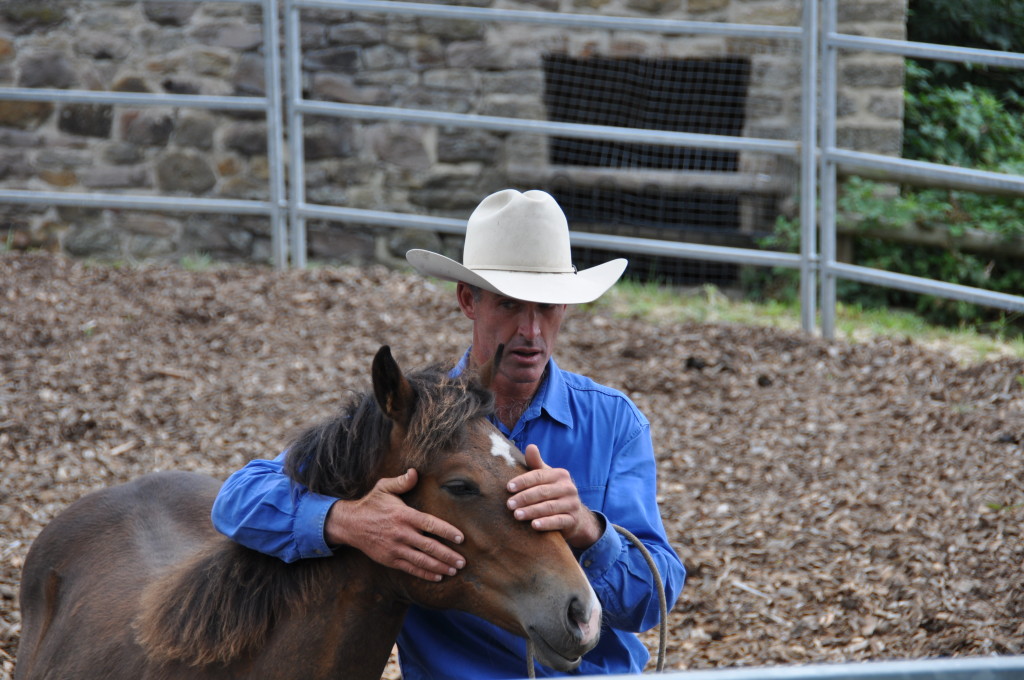
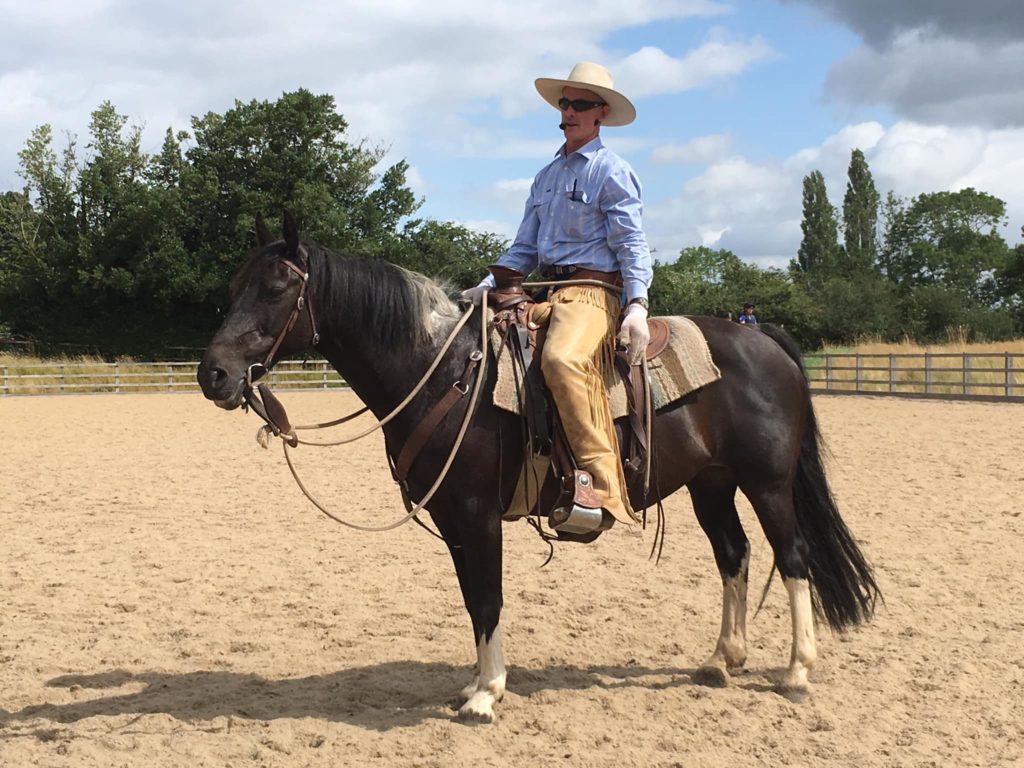
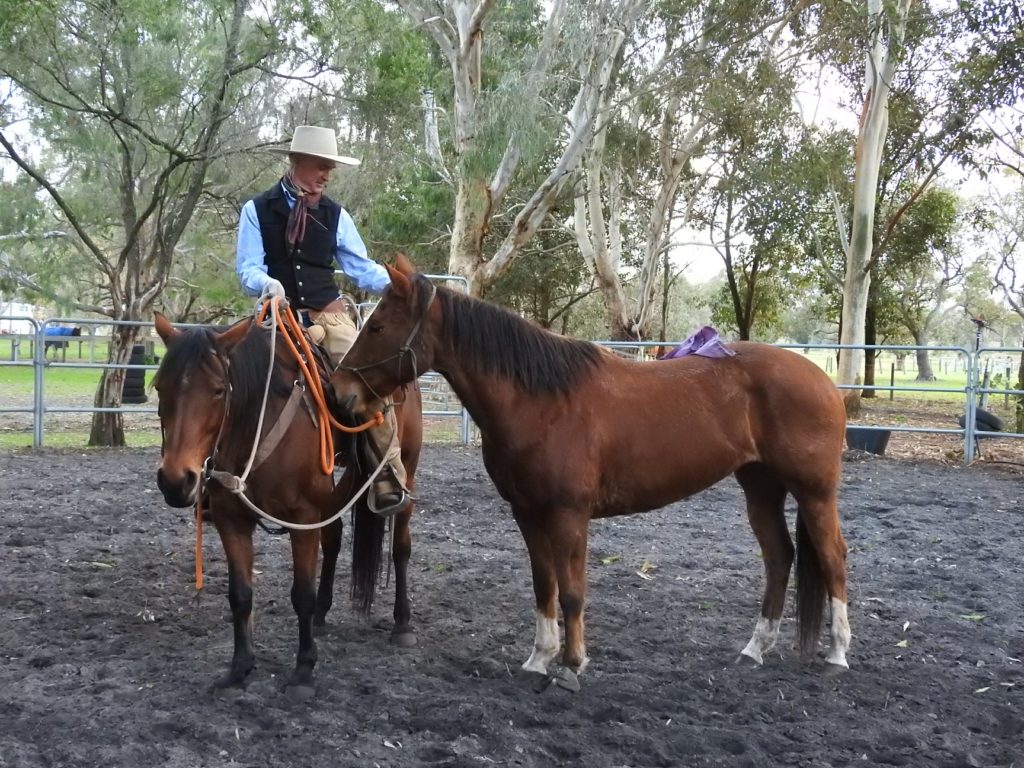
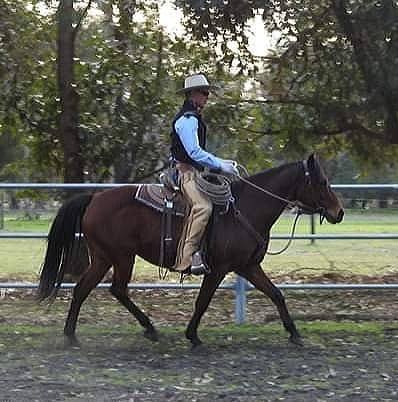
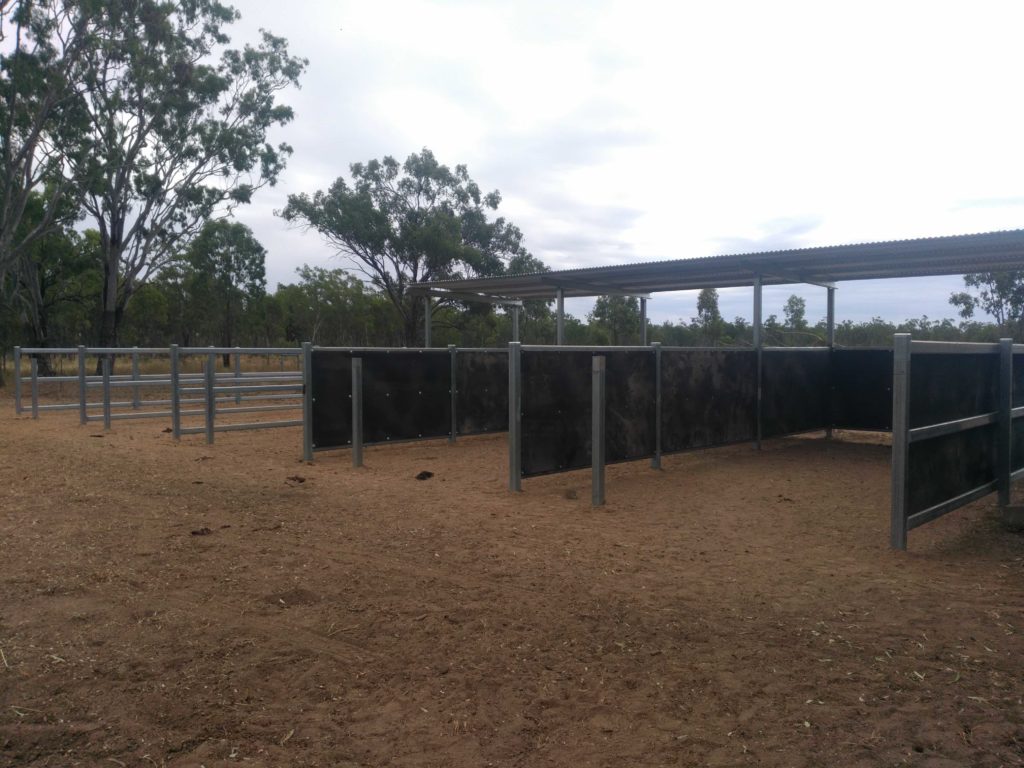
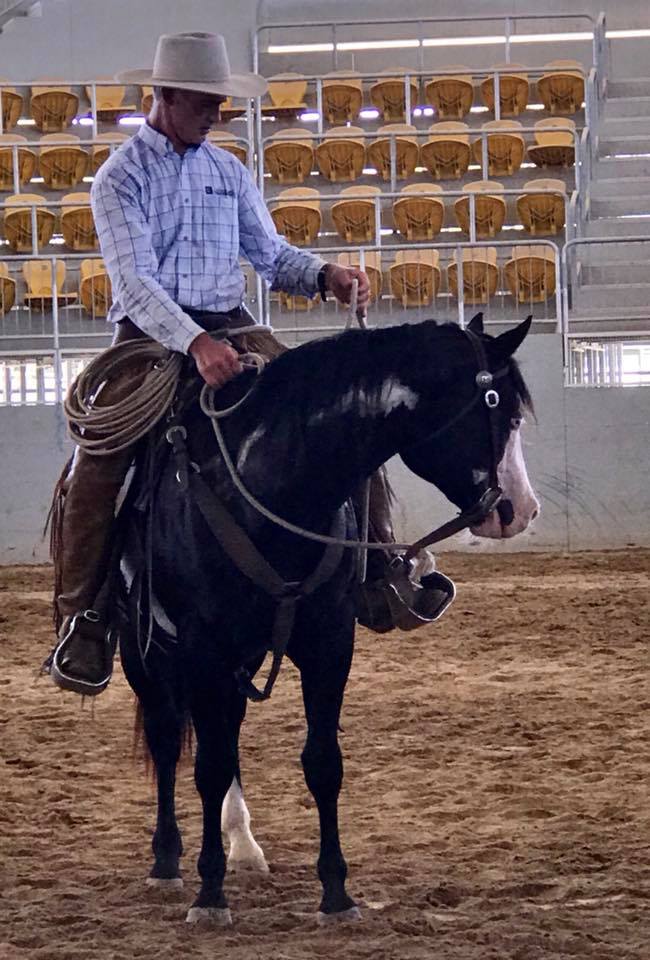
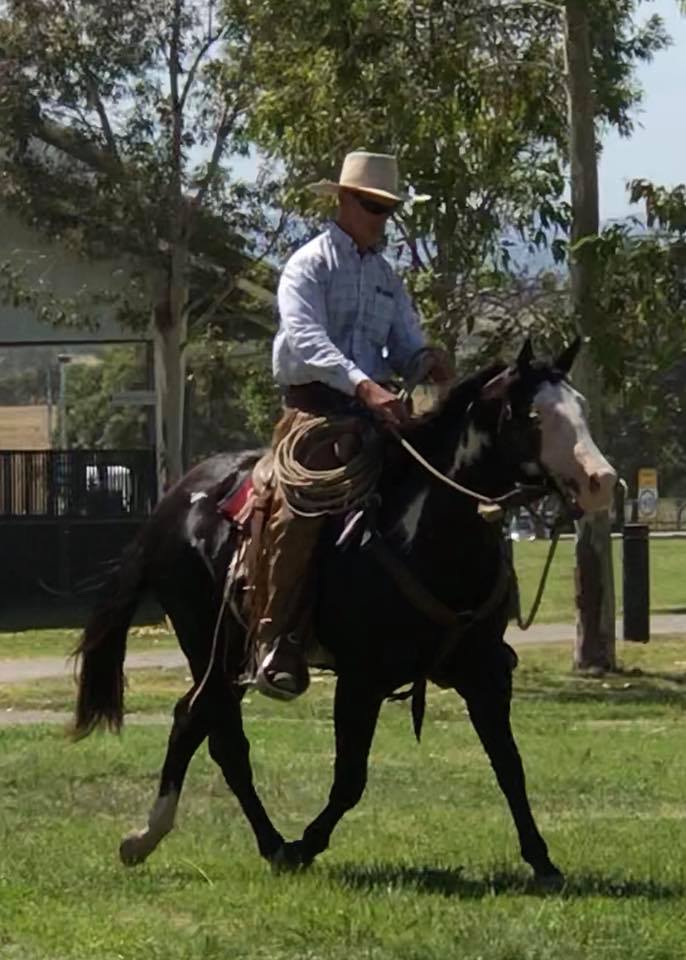
Recent Comments